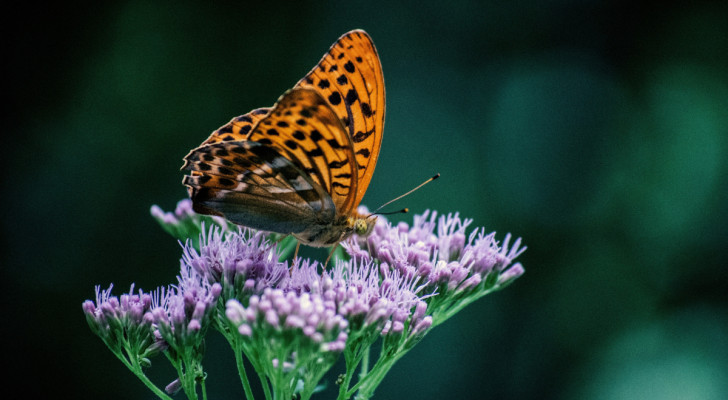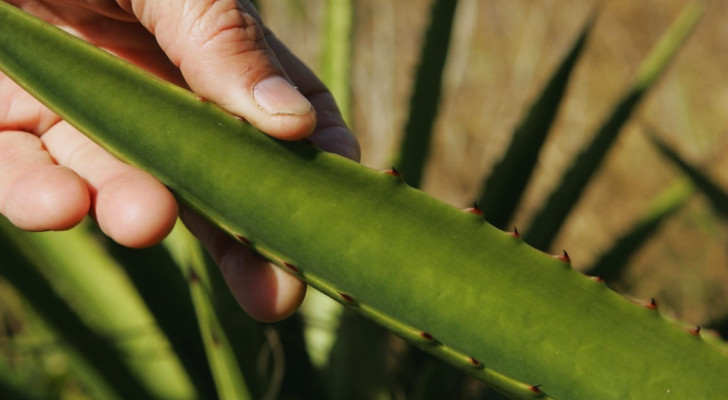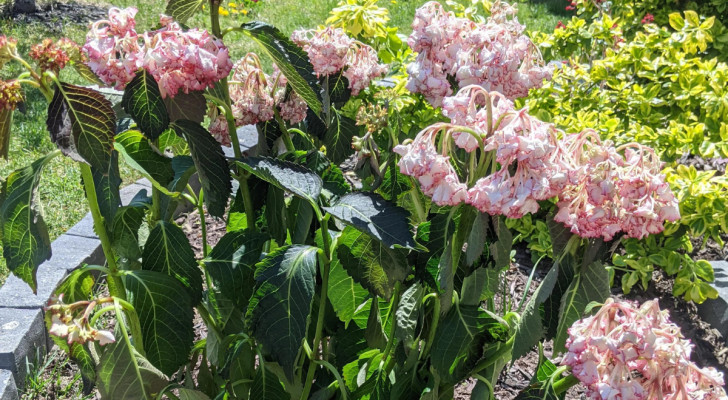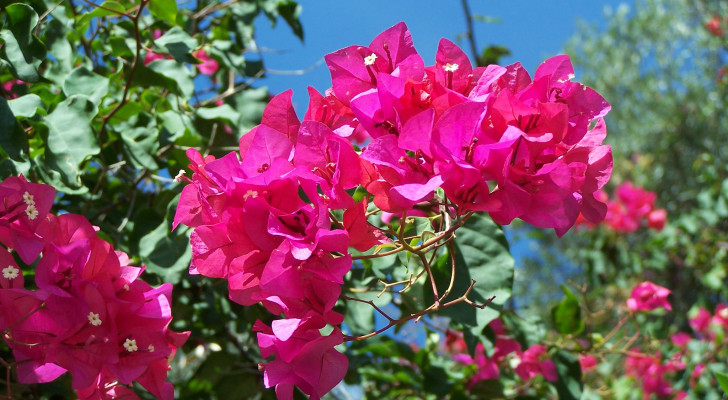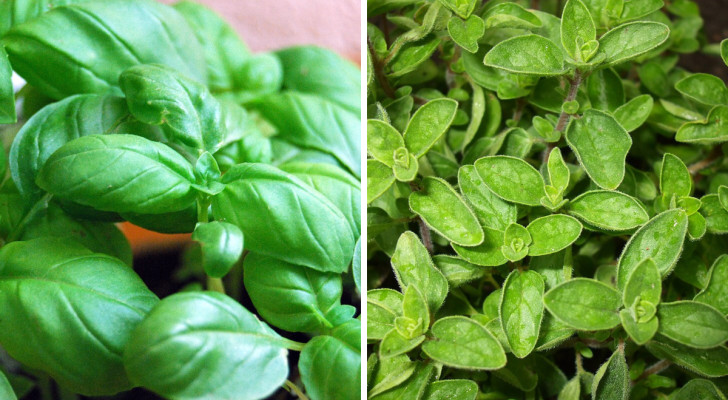Geranium butterfly: find out how to fight this harmful pest
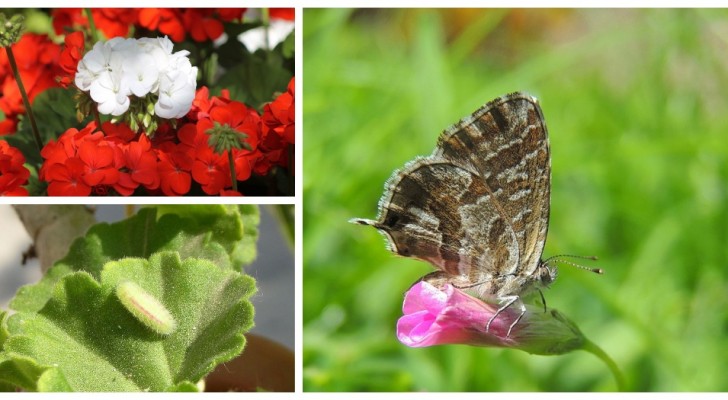
We know it as a geranium butterfly (or moth), but its scientific name is Cacyreus marshalli. It is a parasite that particularly affects geranium plants, or more precisely pelargoniums, ad sometimes it can kill the plants. Originally from South Africa, it quickly spread to Europe and Asia, where it now creates a lot of damage.
Often, we detect its presence too late, or we don't know how to stem the infestation and save the plant. It is therefore good to know a little more about these butterflies, in order to find the solution should we notice that they have targeted some of our geraniums.
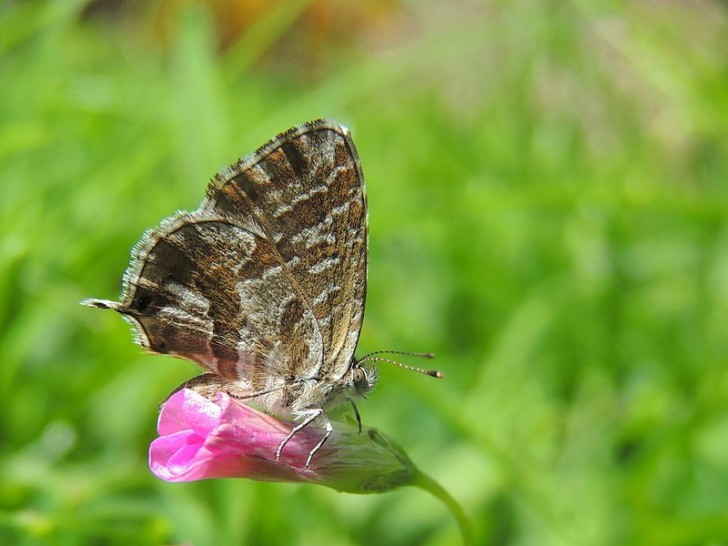
What do these butterflies look like? They are gray or light brown winged insects, with cream-colored streaks in adult specimens. The wings are about 3 centimeters long. More difficult to notice, is the presence of the larvae, which are on average 10 mm long and light green in color and which camouflage themselves among the leaves and stems of geraniums - and even more often remain hidden in the buds. If you don't see any, then inspect the plant for any dark spots and pinholes in the sepals or stems. It is even more difficult to identify the tiny eggs, which are usually found near the bud or on the leaves.
How do they behave? The lycenides in question create visible damage during the hot season, because that is when the larvae are most active. More than the adult specimen, in fact, the larvae are the ones to really worry about: they feed on the various parts of the plant, boring themselves into the stems through small holes. They especially target flowers, but it is not uncommon for them to also cause large holes in the leaves.
In the cold periods of the year, however, they develop more slowly, and manage to survive the winter only where temperatures do not drop off too much.
The treatment
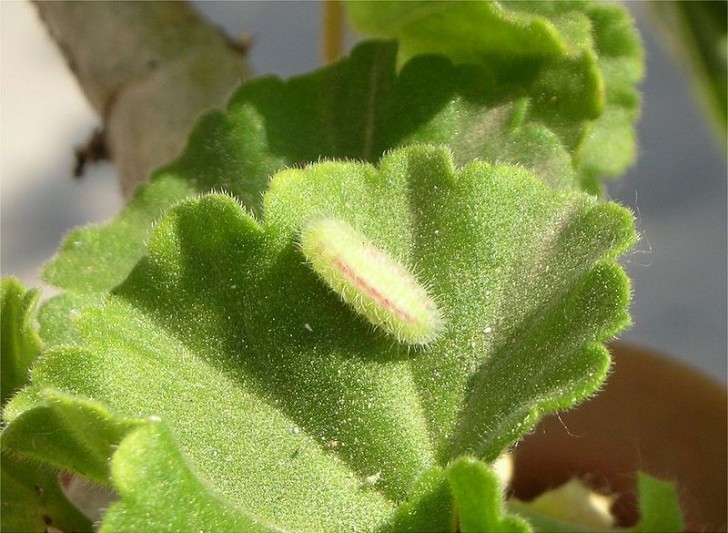
The treatment most often recommended to treat the plants affected by these parasites consists of some systemic, commercial insecticide, i.e. these products that are put on the soil (generally dissolved in the irrigation water and according to the indicated dosage) and penetrating into the substrates to reach the roots, which then spread the insecticide throughout the plant.
Be careful though: this type of product generally manages to protect the plant for a month, so it is likely that the treatment will need to be repeated by the end of spring and again during the summer until the butterflies have been eradicated. For the most serious cases, a second dose can be administered two weeks after the first, but it is advisable to always wait at least a month to give a third dose.
A green alternative that you can try (but which may be less effective - or that takes longer to give the desired results) is Neem oil: the oil (or Neem powder) is extracted from the seeds of the tree of the same name, and contains azadirachtin (or azadirachtin A), which is a limonoid used in agriculture as an insecticide (as it contains acaricide and biological nematicide). To use it, it must be diluted in water (according to the dosage indicated on the packaging) and then sprayed on the entire plant, with particular attention being paid to the base of the buds.
